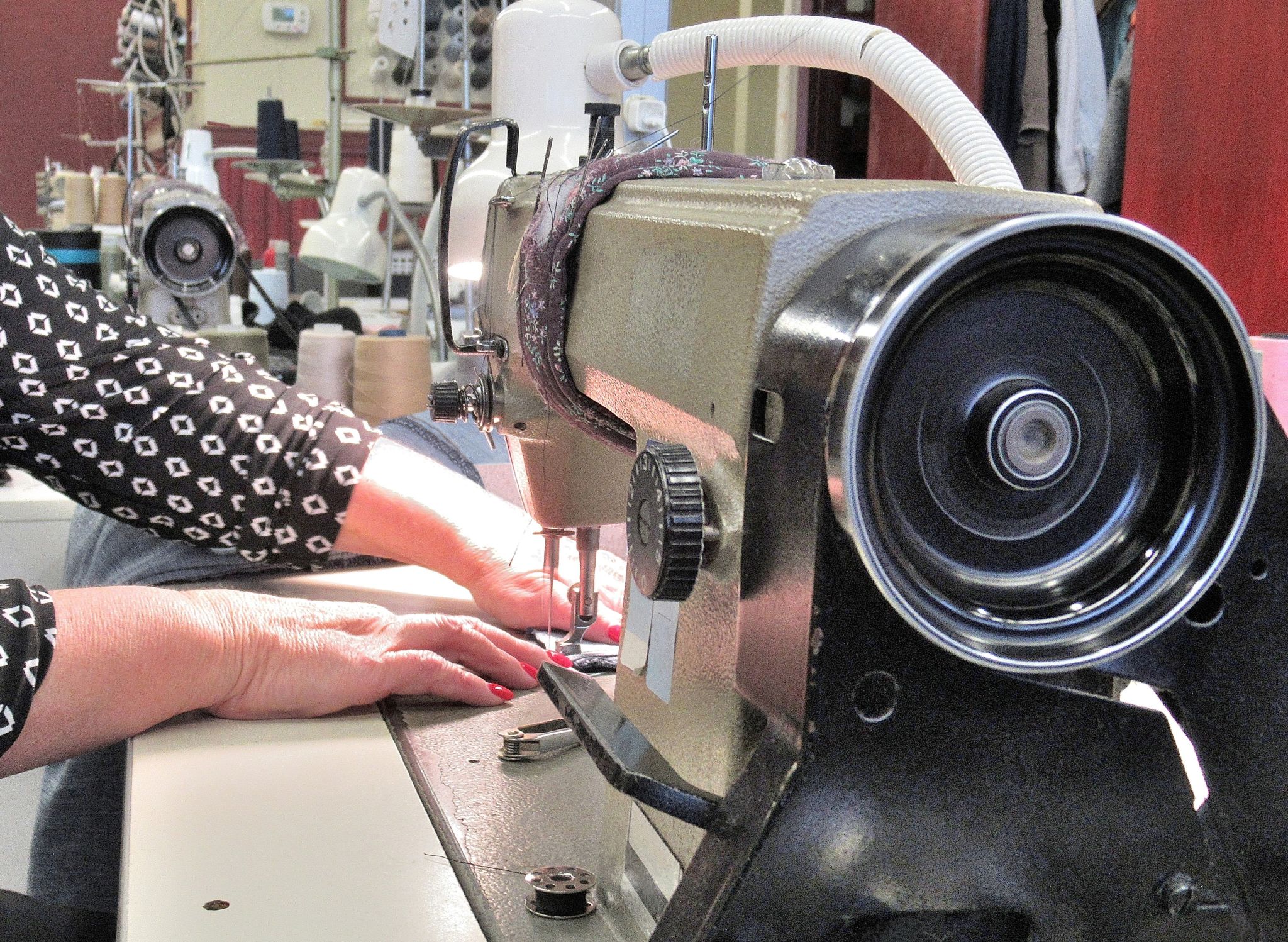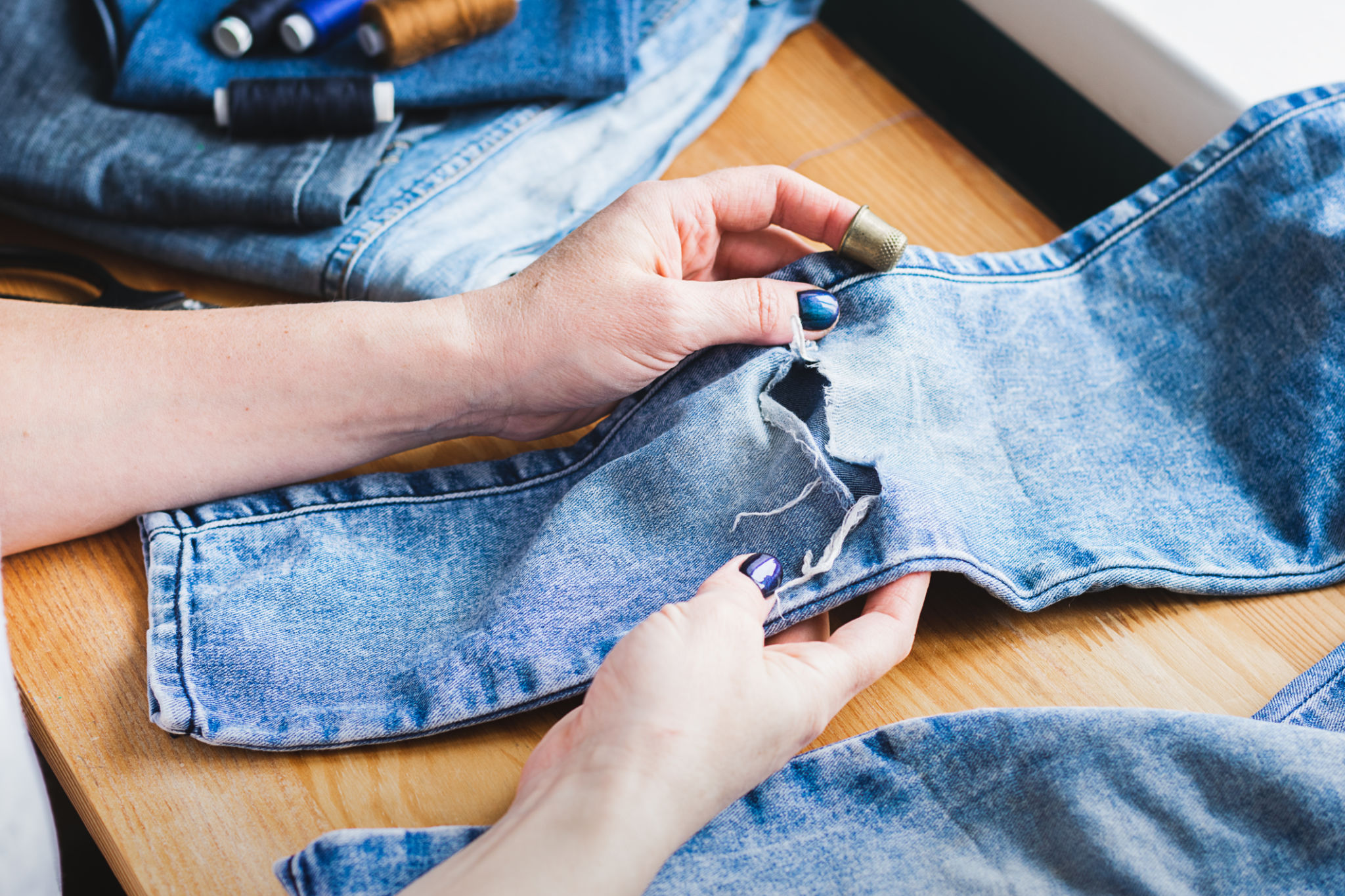The Ultimate Guide to Domestic Sewing Machine Servicing
Understanding the Importance of Sewing Machine Servicing
Maintaining your domestic sewing machine is crucial for ensuring its longevity and optimal performance. Regular servicing not only prevents unexpected breakdowns but also enhances the quality of your sewing projects. Whether you're a beginner or an experienced sewist, understanding the basics of sewing machine servicing can save you time and money in the long run.
Many issues that arise with sewing machines can be traced back to neglecting routine maintenance. Dust, lint, and thread build-up can cause significant problems over time. By incorporating a regular servicing schedule, you can avoid common headaches and keep your machine running smoothly.

Basic Tools and Supplies for Servicing
Before diving into the servicing process, it's essential to gather the right tools and supplies. A small toolkit for sewing machine maintenance typically includes screwdrivers, a lint brush, a soft cloth, and sewing machine oil. Having these items on hand makes it easier to address any issues as they arise.
Additionally, it's wise to keep a manual for your specific sewing machine model nearby. This manual will provide detailed instructions on how to disassemble and reassemble parts correctly, ensuring that you don't accidentally cause any damage during the servicing process.
Step-by-Step Servicing Process
1. Unplug and Prepare: Always start by unplugging your sewing machine to ensure safety. Remove any attachments and the needle.
- Cleaning: Use a lint brush to remove dust and lint from the bobbin case, feed dogs, and other accessible areas.
- Oiling: Apply a few drops of sewing machine oil to all moving parts as recommended by your manual.
- Reassemble: Carefully put everything back together, making sure all parts are secure.

Troubleshooting Common Problems
Even with regular maintenance, you may encounter issues such as skipped stitches, tension problems, or unusual noises. Often, these can be resolved with simple troubleshooting techniques. For skipped stitches, check if the needle is bent or dull and replace it if necessary. Tension problems might be due to incorrect threading or bobbin placement, so rethread your machine thoroughly.
If unusual noises persist, it could indicate a more significant issue inside the machine. In such cases, consulting a professional repair technician is advisable to avoid causing further damage.

When to Seek Professional Help
While many maintenance tasks can be performed at home, there are times when professional servicing is necessary. If your machine frequently jams or if you notice persistent issues that you cannot resolve through basic troubleshooting, it's time to seek expert assistance.
Professional technicians have the expertise and tools to diagnose and fix complex problems. Regular professional servicing—recommended annually or bi-annually—ensures that your sewing machine stays in top condition for years to come.
Conclusion
Keeping your domestic sewing machine in excellent condition requires a balance of regular at-home maintenance and professional servicing when needed. By following this guide and staying attentive to your machine's needs, you can enjoy smooth sewing experiences and extend the life of your cherished equipment.